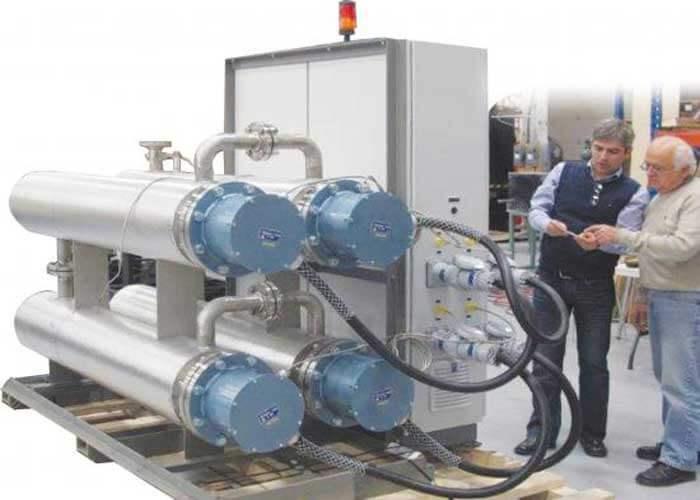Industrial heating elements are among the most critical components of any heating system in the industry. Whatever the task, selecting the right industrial heating element will save money, time, and create a more productive operation.
Some plant engineers underestimate the significance of the role that an industrial heating element plays important role in a manufacturing process, so we put together this guide to demonstrate how the right heating element can be selected.
Selecting the right heating element:
Selecting the right heating element begins with gathering the right details, and that begins with asking the right questions. Such questions will concentrate on how to heat up the solid, liquid, or gas in question in your industrial process and what the heating element requirements must be for achieving the best heating efficiency.
- Which type of alloy to heat elements should be used?
- What temperature does it take to hit the heating element?
- Which kind of control of the heating and temperature is needed?
- What is the voltage needed for the heating element?
- How long are the intervals during which the heating element is expected to be active?
Choosing the right heating item is crucial to getting correct answers to these questions. Getting the answers arranged before the procurement of a heating device or industrial heater is beneficial.
The Benefits of Selecting the Right Heating Element:
The choice of a suitable heating element for an industrial heater has a significant effect on the quality of the product of the method in which the heater is used, the cost of manufacturing the device, and, most significantly, the operational health.
Not having the appropriate heating element will result in serious safety hazards. Installing the appropriate heating element in an industrial process heater provides the following advantages:
- Reduced running costs:
- Enhanced operating efficiency:
- Increased safety:
- Higher Investment Return:
- Improved Operating Life Reliability:
Select your Electric heater with your requirement:
- Duct heaters:
As the name suggests, duct heaters are usually built to fit into ducting. They are normally mounted across the sidewall to induce heating of air in the duct as it flows around and through the elements of the open-coil.
- Watt Density:
Watt Heater coil density is the watts per square inch of the coil wire surface area. Watt density can range as high as 90 W / In2 but prefer lower numbers. A 50 W / In2 Watt density is very conservative. In general, the life of the coil is shortened by increasing the watt density.
- Installation and Features:
These systems can be mounted in ceilings of office buildings, classrooms, churches, sea-going vessel accommodation areas, and other establishments. They can also be used in power plants, wastewater systems, and industrial buildings. Duct heaters are fairly easy to mount, whether for a new project or to replace an old one since each heater is built to a particular size, wattage, and particular. It can be assembled by welding or by flanges.
Many electrical duct heaters in HVACs have features such as an airflow cut-off switch which can ensure even flow of air through heating components. Another standard feature is an automatic, primary thermal cut-off that will stop the device once it hits the temperature limit. Another standard feature is the second thermal cut-off which allows trained personnel to manually stop the device when the high-temperature limit is reached.
Electric duct heater are also available and are built for installation in hazardous areas. Such heaters feature temperature control and are used in applications such as shipbuilding, oil, and gas processing plants, etc.
- Immersion heaters:
Immersion heaters are used for heating many liquid items, such as water, gasoline, chemicals, and even for stabilizing gas in tanks. They are used inside various liquid storage tanks in many industries, during the processing of pipes and in pressurizing the storage containers.
- Watt Density:
Calculator for running costs of electrical immersion water heaters. Hot water heater elements are typically rated at 3 or 6 Kilowatts. There are many shapes, sizes, and capacities of hot water tanks, ranging from 40 to over 400 litters in larger homes.
- Installation and Features:
- The immersion heater has a metal element that sits inside the tank where it is plunged into the water.
- The immersion heater is electrically connected via a cable to the mains and has its own on / off switch. When the heater is turned on, the metal element is heated by electricity, and that heat passes to the surrounding water.
- This heating process could take 1-2 hours to reach the desired temperature depending on how much water the tank holds, and how powerful the immersion heater is. Note: To kill any potential bacteria you must heat water to at least 50 ° C.
The main purpose of immersion heater is to generate heat in a tank so that they are considered a valuable tool in many industries engaged in the manufacture of items such as oil, chemicals, petroleum, and the like. The correct way to install these is to dip the whole coil which is the actual heating tool inside the liquid to be treated.

